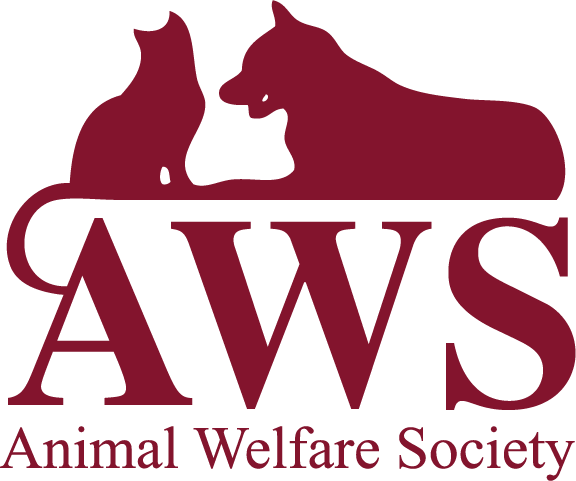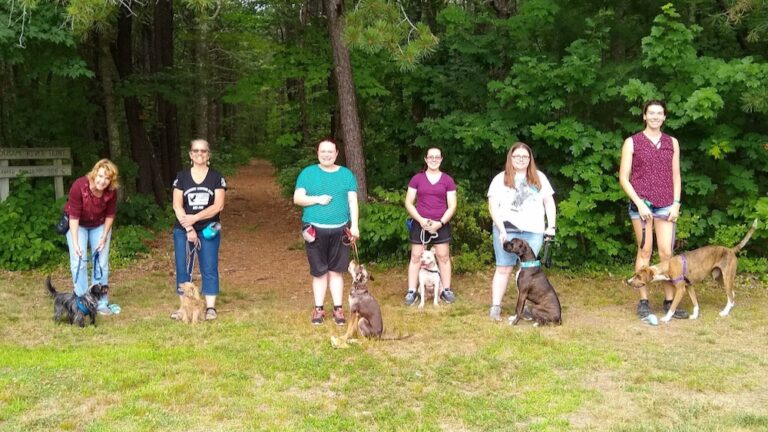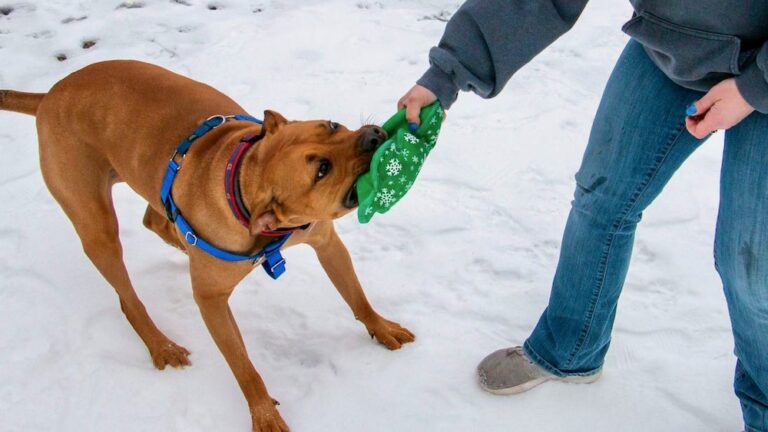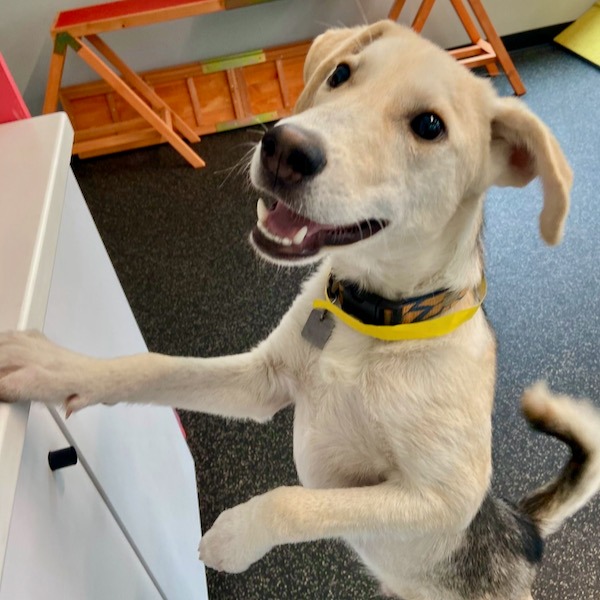
Mealtime or kitchen training is the act of training your dog to remain calm and out of the way while you are in your kitchen cooking or preparing meals. Many pet parents don’t bother with mealtime training and assume it’s just one of those annoying dog behaviors. With the proper training and patience, however, you can take back your kitchen time and finally enjoy the art of cooking with your dog nearby.
After all, mealtime training is about cooperation. You want your dog out from under your feet, off the counters, and remaining calm while you cook, and they want a tasty treat for their efforts. Mealtime training can also save you stress and money as it prevents your dog from eating something potentially harmful. Luckily, this can all be accomplished!
While Cooking
As you prepare for cooking your meal, ask yourself the following:
- Where will your dog be while you cook?
(On a mat? On a tie-down? Lying outside the kitchen?) - What will your dog be doing?
(Lying down? Sitting? Chewing a bone?) - How will you handle things like dropped food or food sitting out on the counter?
(Leave it? Using a baby gate to prevent access?)
Once you decide which of these methods will work for you, prepare some tasty treats to give to your dog. Keep in mind that if the food you are cooking is more high-value than what you offer your dog, they’re not going to listen well. Their reward for staying calm and out of the way should be just that: a reward. Once you have their treat, ask your dog to “lie down” on their mat (or wherever you choose), offer them a something to do (like a bone or kong toy), and then either place your baby gate up or make sure to keep an eye on your dog for voice control if needed.
If your dog starts to get up, repeat the process until they’re calm. Make sure to reward them with those tasty treats every time they do something desirable. If they’re focused on their toy, reward them. If they’re sitting calm and quiet, reward them. If they’ve walked away, even better!
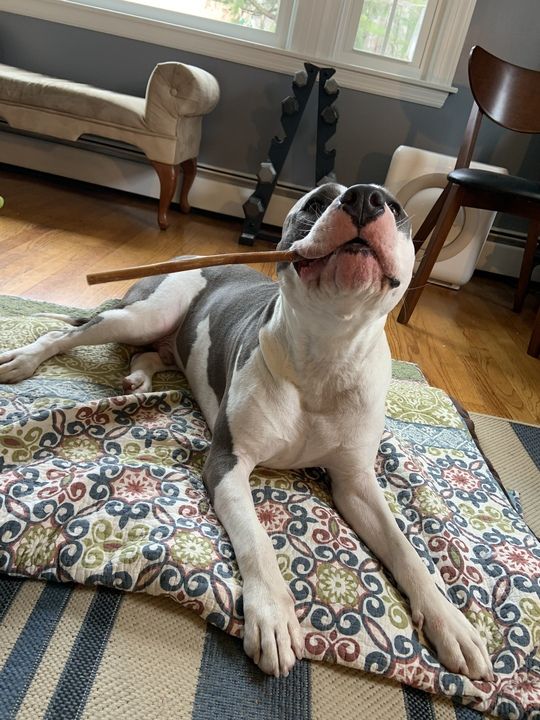
During Dinner
Once your food is cooked and ready to be placed on the table, ask yourself some similar questions:
- Where will your dog be during your dinner?
(On a mat? On a tie-down? Behind a baby gate?) - What will your dog be doing during your dinner?
(Lying down? Chewing a bone? Sitting patiently?) - What will you do if your dog begs or tries to get food off the table?
(Time them out? Put them in their confinement area? Tell them to leave it?)
Decide what works best for you and your dog and make sure that their treats are handy so you can get to them easily, especially while you’re eating. Continue to reward your dog for good behavior and make sure to intervene when/if they slip up. Never yell at your dog or “scold” them for undesirable behavior. Simply walk them through what they should be doing (sitting still, chewing on their bone, remaining behind the gate), and then reward them when they do it. It will take time and patience on both your parts, but eventually it will stick!
After the Meal
After your meal is cooked, eaten, and put away, it’s time to reflect on how the evening went for you and your dog. Ask yourself these questions:
- What did your dog do well? What did you do well?
- What needs some more practice?
- Is there anything you want to do differently next time?
Mealtime training will not be perfect the first time around, and that’s why you must reflect. It’s okay to get frustrated when certain expectations don’t pan out (like if your dog just won’t stop whining). But rather than remain frustrated or give up on training, ask yourself how you can best help your dog instead. If they whine incessantly in their kennel, try keeping them behind a gate instead. If they can maneuver their way over or through the baby gate, try a tie-down instead.
Just remember that training isn’t all up to your dog. You have to put in the work, too. Perhaps offer your pup better treats, a more interesting puzzle toy, or even a short walk outside to clear their brain. Once you find what works best for you and your pup, mealtime planning, cooking, and eating will become relaxing, fun, and peaceful for the both of you. Why bother with mealtime training at all? We argue because it’s necessary!
Need more help? Have questions? Reach out to our training team at training@animalwelfaresociety.org. We’re always happy to lend a paw!
